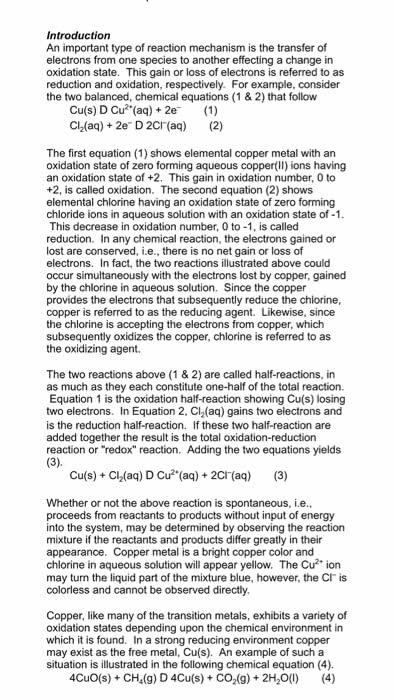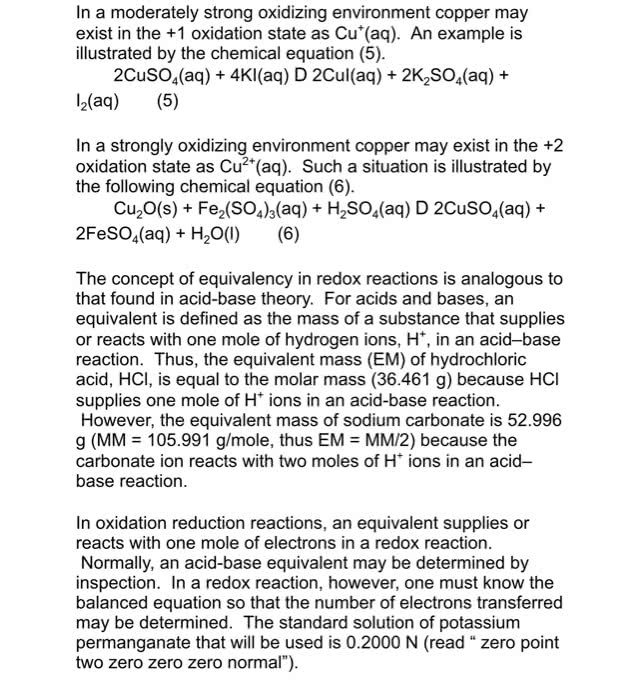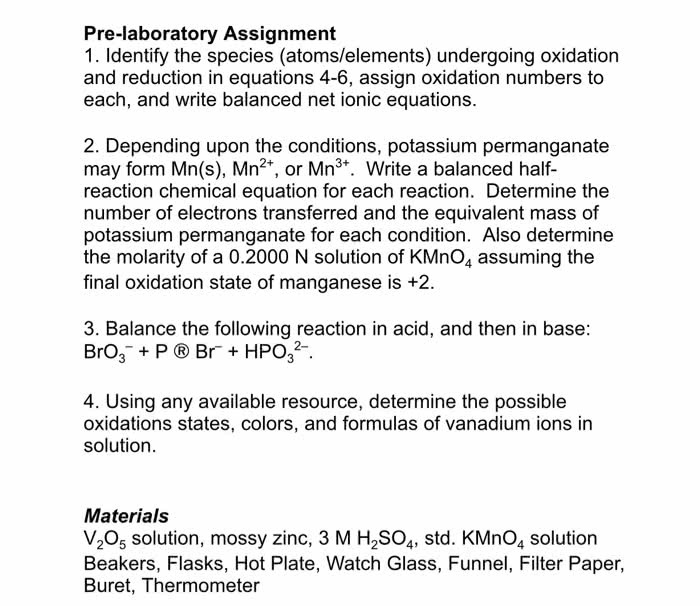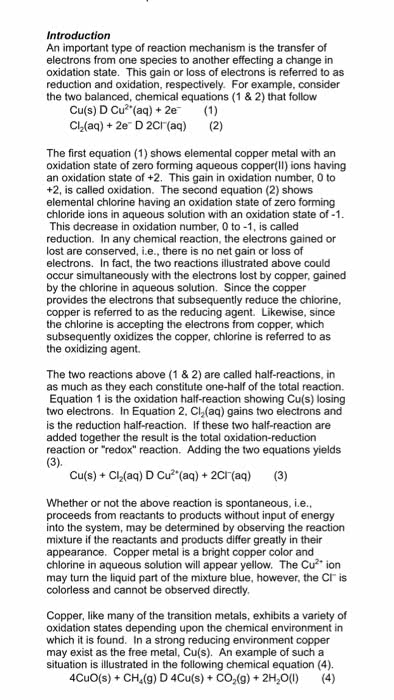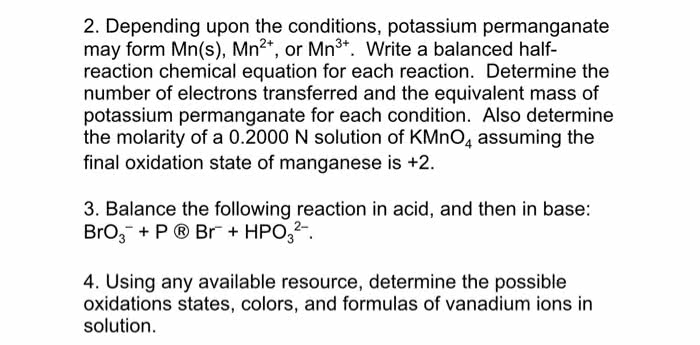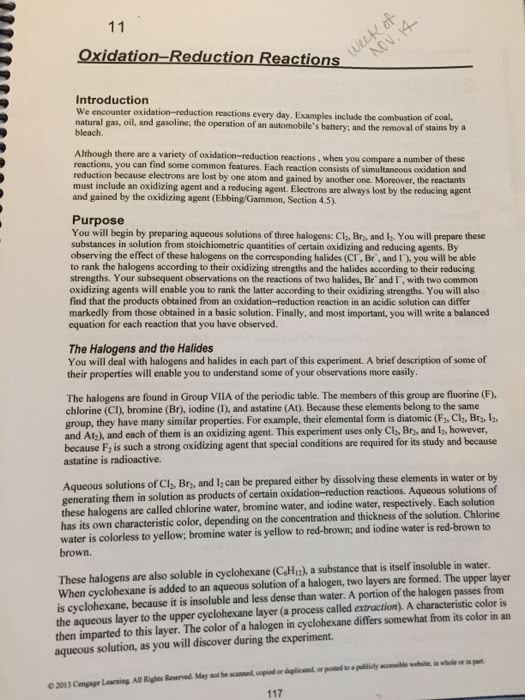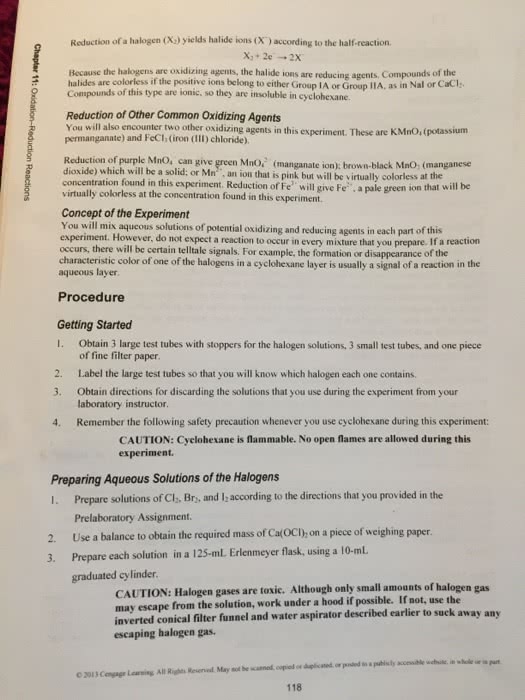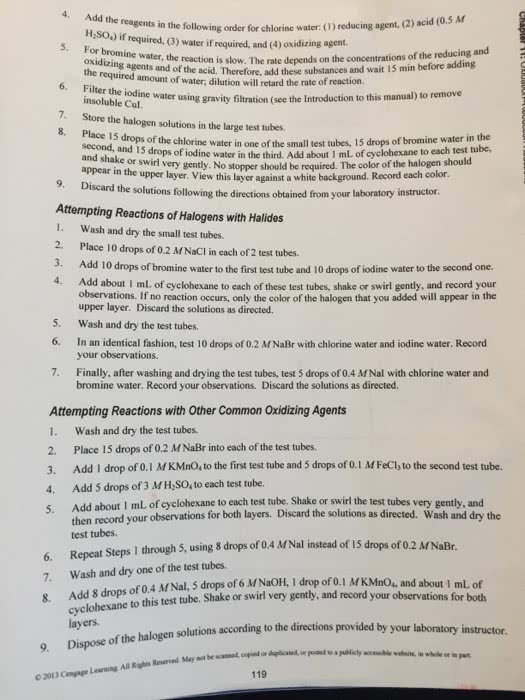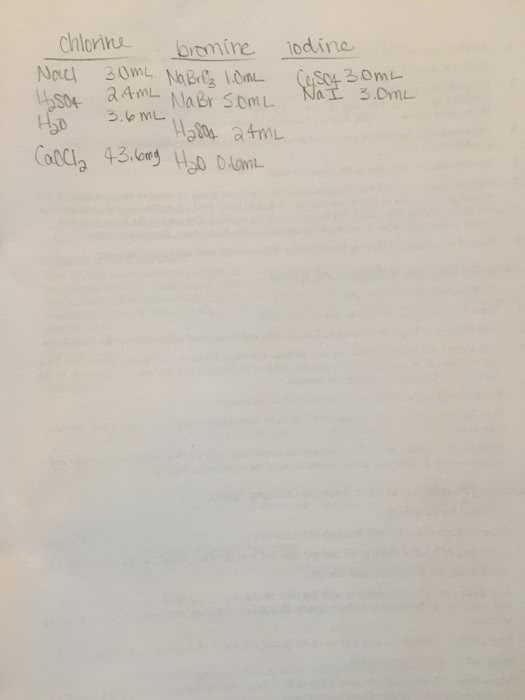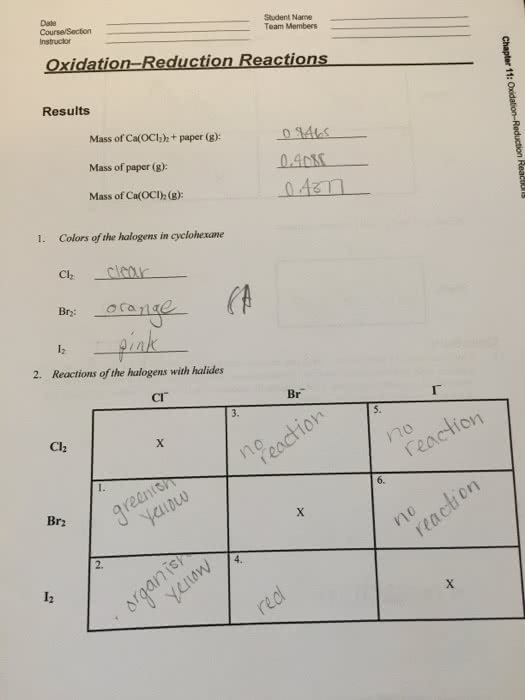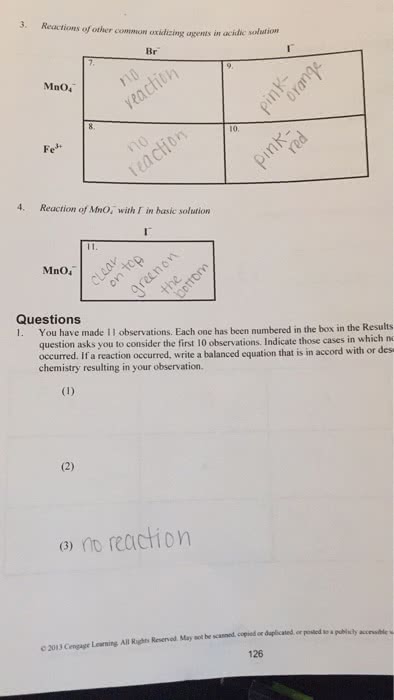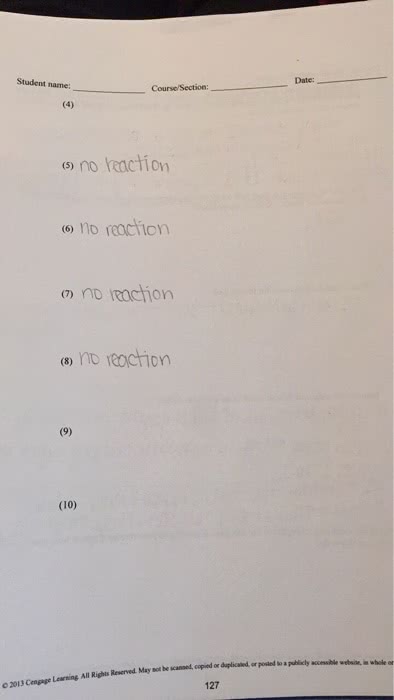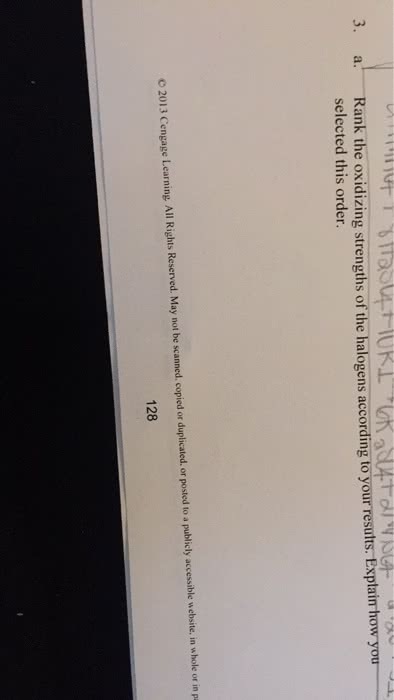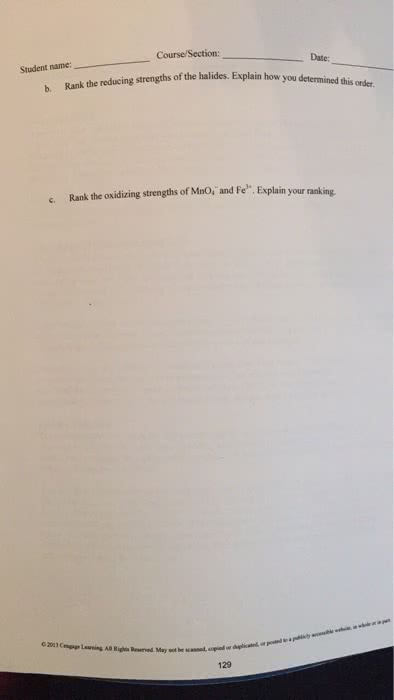CHEM 112 Lecture Notes - Lecture 4: Ionic Compound, Nonmetal, Roman Numerals
19 views2 pages
14 Nov 2018
School
Department
Course
Professor
Document Summary
3 #"s 7, 11, 25, 27, 33, 35, 41, 49, 51, 57, 59, 61. Molecular structure and naming molecules: their names are all related to their function and can be derived from a systematic name. Nomenclature: divides molecules in organic or inorganic, any molecule that has c or h is organic, exceptions do occur for example carbonic acid is inorganic (h2co3) Oxidation state or oxidation number and the periodic table. The valence shell electrons do the bonding, they can be found from their place on the periodic table. Oxidation state is the number of electrons gained or lost by an element. Compounds must be neutral so that"s why we switch the subscripts because there has to be an equal number of electrons that are being gained or lost. H2co3 is inorganic because in the way that it is structured carbon is only bonded to oxygen and no hydrogens. Binary compounds: a compound formed from two elements only.
Get access
Grade+20% off
$8 USD/m$10 USD/m
Billed $96 USD annually

Homework Help
Study Guides
Textbook Solutions
Class Notes
Textbook Notes
Booster Class
40 Verified Answers
Class+
$8 USD/m
Billed $96 USD annually

Homework Help
Study Guides
Textbook Solutions
Class Notes
Textbook Notes
Booster Class
30 Verified Answers
Related textbook solutions
Chemistry: Structure and Properties
2 Edition,
Tro
ISBN: 9780134293936
Basic Chemistry
5 Edition,
Timberlake
ISBN: 9780134138046
Principles of Chemistry Molecular Approach
4th Edition,
Tro
ISBN: 9780134112831
Chemistry: Structure and Properties
2nd Edition,
Tro
ISBN: 9780134293936
Principles of Chemistry Molecular Approach
3rd Edition, 2014
Tro
ISBN: 9780321971944
Chemistry: A Molecular Approach
3rd Edition,
Tro
ISBN: 9780321809247
Chemistry: A Molecular Approach
5th Edition,
Tro
ISBN: 9780134874371
Principles of Chemistry: A Molecular Approach
4th Edition,
Tro
ISBN: 9780134895741
Chemistry: The Central Science
14th Edition, 2017
Brown
ISBN: 9780134414232
